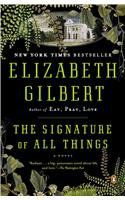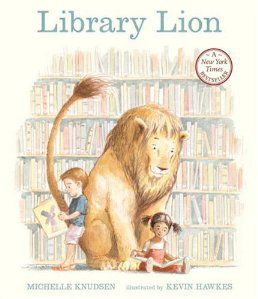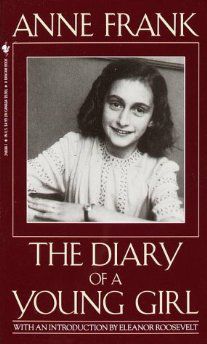
Markus Zusak
Markus Frank Zusak, is an Australian writer. He is best known for The Book Thief and The Messenger, two novels for young adults which have been international bestsellers.

Markus Frank Zusak, is an Australian writer. He is best known for The Book Thief and The Messenger, two novels for young adults which have been international bestsellers.

I bought a signed copy of this for a friend, but as happens every now and again, when I read a few pages out of interest, I thought, 'I think I’ll keep this for myself!' I'm loving its characters, and admiring its seemingly effortless scope. My friend will probably still receive it, but only after I'm finished…
Also recommended by: Dorie Greenspan
Spanning much of the eighteenth and nineteenth centuries, the novel follows the fortunes of the extraordinary Whittaker family as led by the enterprising Henry Whittaker--a poor-born Englishman who makes a great fortune in the South American quinine trade, eventually becoming the richest man in Philadelphia. Born in 1800, Henry's brilliant daughter, Alma (who inherits both her father's money and his mind), ultimately becomes a botanist of considerable gifts herself. As Alma's research takes her deeper into the mysteries of evolution, she falls in love with a man named Ambrose Pike who makes incomparable paintings of orchids and who draws her in the exact opposite direction -- into the realm of the spiritual, the divine, and the magical. Alma is a clear-minded scientist; Ambrose a utopian artist -- but what unites this unlikely couple is a desperate need to understand the workings of this world and the mechanisms behind all life. The story is peopled with unforgettable characters: missionaries, abolitionists, adventurers, astronomers, sea captains, geniuses, and the quite mad. But most memorable of all, it is the story of Alma Whittaker, who -- born in the Age of Enlightenment, but living well into the Industrial Revolution- bears witness to that extraordinary moment in human history when all the old assumptions about science, religion, commerce, and class were exploding into dangerous new ideas.

Published in 2009, I only came across this picture book earlier this year when some friends bought it as a present for my kids. I've read it to them dozens of times now, and it never fails to hit me. I can’t help but get a bit teary as we go through the trials and triumphs of a lion showing up in the local library -- and staying.
A lion starts visiting the local library but runs into trouble as he tries to both obey the rules and help his librarian friend.

As relevant as ever, reading this book again on a trip through America, I was amazed (as we all are) by the life force of a girl, her pages and a pen. As you read a passage like this one – When I write, I shake off all my cares. My sorrow disappears, my spirit revives. But...will I ever be able to write something great? – you can’t help but wish you could tell her that she most definitely did, and that it’s still alive today, and as important and brilliant as it always has been.
Anne Frank's The Diary of a Young Girl is among the most enduring documents of the twentieth century. Since its publication in 1947, it has been read by tens of millions of people all over the world. It remains a beloved and deeply admired testament to the indestructible nature of the human spirit. Restored in this Definitive Edition are diary entries that were omitted from the original edition. These passages, which constitute 30 percent more material, reinforce the fact that Anne was first and foremost a teenage girl, not a remote and flawless symbol. She fretted about and tried to cope with her own sexuality. Like many young girls, she often found herself in disagreements with her mother. And like any teenager, she veered between the carefree nature of a child and the full-fledged sorrow of an adult. Anne emerges more human, more vulnerable and more vital than ever. Anne Frank and her family, fleeing the horrors of Nazi occupation, hid in the back of an Amsterdam warehouse for two years. She was thirteen when she went into the Secret Annex with her family. From the Paperback edition.